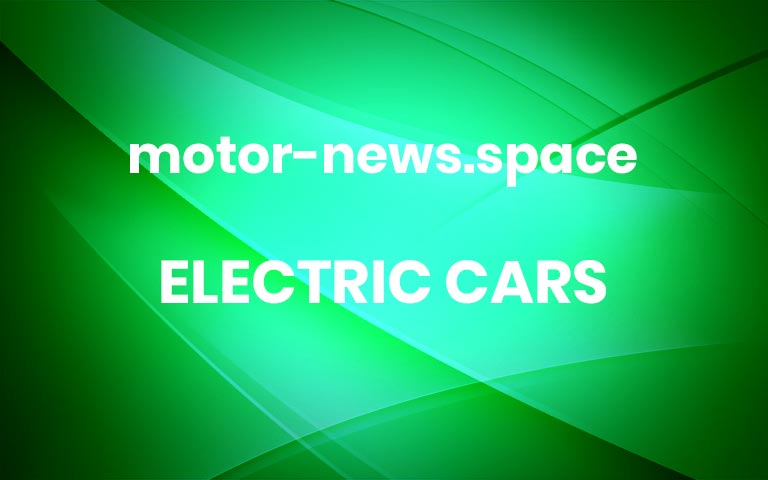China’s Xpeng Starts Testing Flying Car Ahead Of Launch – First Spy Shots
Flying car testing startsAt least 3 flying cars are being developed by Xpeng AeroHT, an affiliate of China-based Xpeng MotorsWhile many flying car projects are underway, a mass scale commercial availability could take years. At the forefront of flying car tech are companies like Xpeng Motors, one of the leading electric vehicle manufacturers in China. Flying car products under development include a land aircraft carrier modular flying car and a VTOL (vertical take-off and landing) aircraft named X2. A third product with both car and VTOL functionality is also being developed.Xpeng modular flying car spottedBeing developed by Xpeng AeroHT, the Land Aircraft Carrier modular flying car utilizes a two-part design. There’s a land module in the form of a large van and an VTOL air module that facilitates low-altitude flights. The air module fits snugly inside the land module.Flying car testing startsThe modular flying car will allow users to enjoy the best of both worlds, terrestrial as well as aerial. While the flying car will be great for travel and tourism, it can also be deployed for emergency services and rescue missions. The possibilities are virtually limitless.Xpeng modular flying car capabilitiesAccording to Xpeng AeroHT, the modular flying car is currently under the preparation stage for mass production. The land module can accommodate 4-5 passengers, which makes it suitable for family needs. It has significant off-road potential with 6×6 all-wheel drive and independent rear wheel steering. Where the land module can’t go, the air module takes over. Both standard and long-range land modules will be available. The latter will have capability to charge the air module multiple times.Flying car testing startsThe VTOL air module is fully-electric and designed for low-altitude flight. Both manual and automatic drive modes are available. The flying module has foldable rotors that allow it to easily fit inside the land module. With four legs instead of wheels, the air module feels like a compact traditional helicopter. It can also be described as a large sized drone. The air module has space for two passengers. With its compact design, the flying range will be limited. However, with the charging option inbuilt in the land module, the range limitation can be overcome.Flying car testing startsXpeng modular flying car launch, challengesAt the Consumer Electronics Show in Las Vegas in January 2024, Xpeng had stated that the land Aircraft Carrier modular flying car will be available for pre-order in Q4, 2024. Deliveries are planned to commence from Q4, 2025. However, mass scale adoption can take several years. Pricing could be a factor, as the flying car will not be available at affordable rates.As per an earlier launch plan, Xpeng was considering a price tag of 1 million Yuan (approx. Rs 1.15 crore). At this price point, the flying car will be accessible to a niche audience. Airspace regulations could be another challenge for flying cars. Also, dealing with a flying machine requires specialized skills. Even when equipped with advanced safety features, a flying machine can pose challenges for first time users. More


